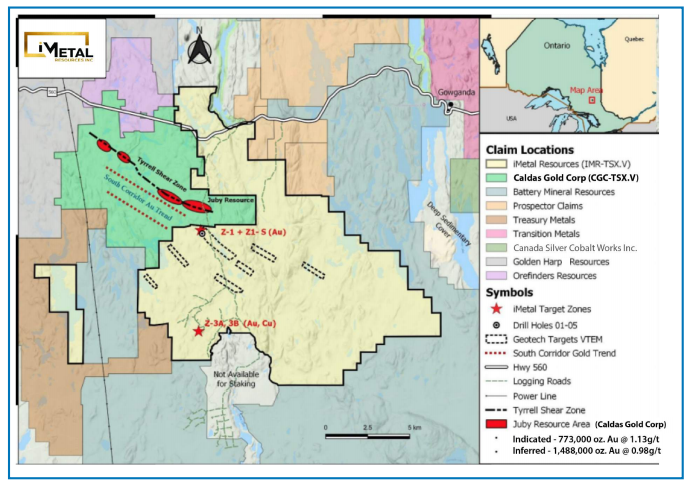Alaska Oil Pipeline Has Major Safety Risks
Source: Christian Science Monitor, Mark Guarino (2/15/11)
"The 800-mile pipeline ships 12% of domestic oil supply."
The U.S. Department of Transportation's pipeline safety division says the trans-Alaska pipeline is corroded and poses a severe public safety and environmental risk.
The 800-mile pipeline ships 12% of domestic oil supply. In a letter sent earlier this month to the Alyeska Pipeline Service Co., a coalition of oil companies that control the pipe, the Pipeline and Hazardous Materials Safety Administration [PHMSA] says "multiple conditions. . .pose a pipeline integrity risk."
A reason for the increased corrosion is limited use. Oil began flowing through the 48-inch diameter pipeline in 1977. At its peak, the pipeline carried 2.1 million barrels per day, crossing three mountain ranges, from the North Slope of Alaska to Valdez, the state's northernmost port.
Capacity has dropped starting in the late 1980s. According to Alyeska Pipeline Service data, between 2000 and 2010, total annual capacity has dropped 38%. Today the pipeline operates at less than one-third of the rate it maintained soon after it was built.
The decrease in oil flow is accompanied by a drop in crude oil temperatures, which leads to corrosion. Lower temperatures also create the risk that water mixed with crude oil may freeze in case of a temporary shut down. The PHMSA letter said, "the water itself is another corrosion hazard" which could damage pipeline components including the instrumentation and valves.
Regulators listed 13 corrective measures they say are necessary, including the replacement of any piping that cannot be assessed properly, additional technology used to mitigate corrosion, and a cold restart plan that can be demonstrated to prove its effectiveness.
The order follows a January leak in the pipeline that released about 13,326 gallons of oil at the North Slope pump station.
A larger oil spill would be dire due to a diminished capacity to recover spilled oil in Alaskan waters.
The 800-mile pipeline ships 12% of domestic oil supply. In a letter sent earlier this month to the Alyeska Pipeline Service Co., a coalition of oil companies that control the pipe, the Pipeline and Hazardous Materials Safety Administration [PHMSA] says "multiple conditions. . .pose a pipeline integrity risk."
A reason for the increased corrosion is limited use. Oil began flowing through the 48-inch diameter pipeline in 1977. At its peak, the pipeline carried 2.1 million barrels per day, crossing three mountain ranges, from the North Slope of Alaska to Valdez, the state's northernmost port.
Capacity has dropped starting in the late 1980s. According to Alyeska Pipeline Service data, between 2000 and 2010, total annual capacity has dropped 38%. Today the pipeline operates at less than one-third of the rate it maintained soon after it was built.
The decrease in oil flow is accompanied by a drop in crude oil temperatures, which leads to corrosion. Lower temperatures also create the risk that water mixed with crude oil may freeze in case of a temporary shut down. The PHMSA letter said, "the water itself is another corrosion hazard" which could damage pipeline components including the instrumentation and valves.
Regulators listed 13 corrective measures they say are necessary, including the replacement of any piping that cannot be assessed properly, additional technology used to mitigate corrosion, and a cold restart plan that can be demonstrated to prove its effectiveness.
The order follows a January leak in the pipeline that released about 13,326 gallons of oil at the North Slope pump station.
A larger oil spill would be dire due to a diminished capacity to recover spilled oil in Alaskan waters.


























































